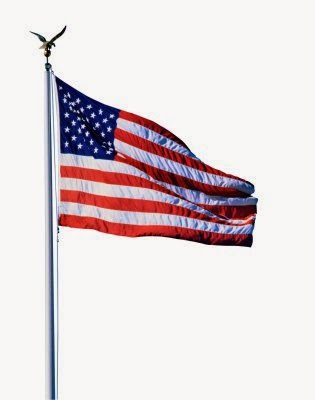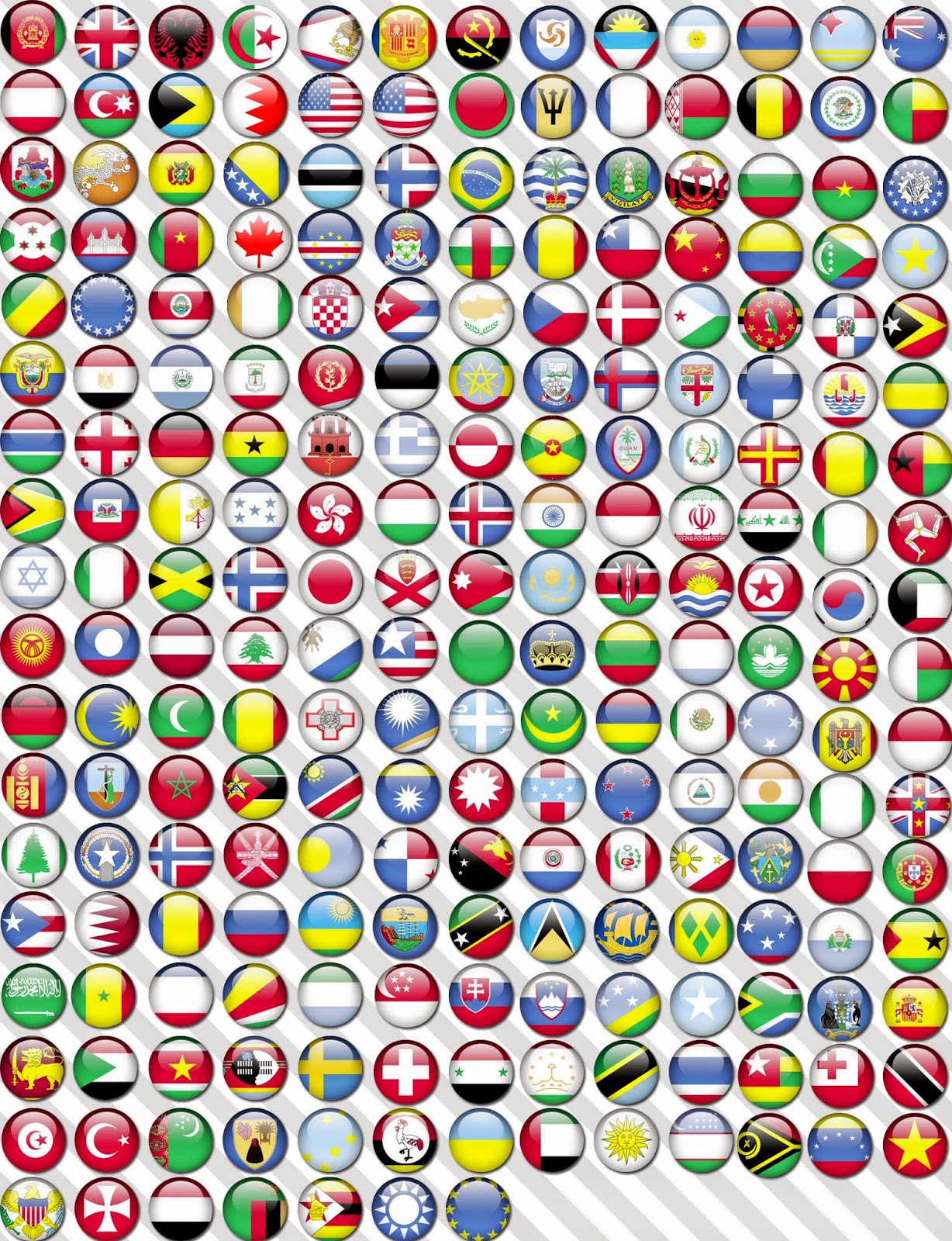The cross of St George is a red Greek style cross, (all arms of equal length touching the edge of the flag.) on a white field. it is the De Facto flag of England. It is the prime symbol of English identity, but it is also used around the world by countries, provinces and cities that have links to England (or even the UK in general) or St George.
Origins
The Cross of St George has its origins in the Crusades of the Middle Ages. Crosses, particularly red crosses were popular with the crusaders of many nationalities not just the English. The Knights of Templar were bearing red crosses on their shields from the time of the Second Crusade in 1145. Along with the Jerusalem Cross the plain Greek style cross was used by various individuals cities and regions who wanted to associate themselves with the crusades. The Holy Roman Emperor used a white cross of red field, which could be the possible origins of the flag of Switzerland and Denmark. Genoa amongst others used a red on white version.Coat of arms of Genoa
St George was a popular figure for the crusaders because of his reputation as a warrior saint. He was adopted as the patron saint of Genoa, and the book of all kingdoms lists the Genoa was flag as depicting St George and the dragon. The red cross was used alongside this, and is possibly one of the reasons why it became associated with the saint.
With the development of heraldry many artists depicted St George bearing a red cross on his shield, however most images before the 15th Century don't. In fact the tale that St George miraculously appeared with an army of angels, to help the Christians at the siege of Antioch in 1098 says they carried white banners but doesn't say anything about a red cross.
St George's Cross can trace its origins as an English emblem in the 14th Century when Edward III of England chose Saint George as the patron saint of his Order of the Garter in 1348, and also took to using a red-on-white cross in the hoist of his Royal Standard.
Arms of the Most Noble Order of the Garter
Although there is evidence that English men at arms might have borne red crosses earlier but without a link to St George. From there it seems to have evolved into a national flag. a roll of accounts from 1277 where the purchase of cloth for the king's tailor is identified as destined for the manufacture of a large number of pennoncels (pennons attached to lances) and bracers (worn by archers on their left forearms) "of the arms of Saint George" for the use by the king's soldiers. The King however used this flag along with others including the royal banner.
Flag of England
St George although popular was not the only saint of England, it was not until the English Reformation and foundation of the Church of England that he became patron saint. In 1552 all saints banner except that of George were banned by the new Church. The first record of St George's flag being used at sea is from 1545. The concept of a national flag, as opposed to royal banners, naval ensigns or military flags, developed in the late 18th century, and was adopted by most European nations by the 19th century. As England was not in itself a nation state during this period, (it instead being in the United Kingdom) the Cross of St George was not the national flag and has never officially held such status. Although it is arguably the central symbol in the UK's Union Jack flag. However its relatively recent emergence into popularity as an exclusively English (rather than British) symbol cannot be denied. It has been used by English national sports teams and fans since the late 20th Century. It has also been used alongside the other home nations flags at various national events including the diamond jubilee. Recent flag guidelines by the government also state it is regarded as the national flag of England, with equal status as the flags of Scotland and Wales. It is also used by some Local authorities in England, and flew from 10 Downing Street alongside the Union Flag during the 2010 Football World Cup until England was put out.

Other UK regional flags
Northern Ireland
 The unofficial flag of Northern Ireland (Official until 1973) features a cross of St George. This is probably due to an expression of Loyalty and Britishness when the coat of arms the flag is based on was introduced in 1922, rather than any feeling of Englishness or empathy with England.
The unofficial flag of Northern Ireland (Official until 1973) features a cross of St George. This is probably due to an expression of Loyalty and Britishness when the coat of arms the flag is based on was introduced in 1922, rather than any feeling of Englishness or empathy with England.Channel Islands
The Islands of the Bailiwick of Guernsey all feature St George's Cross in their flag. This is reflect of the islands historically being territories of the English Crown.St George's Cross at Sea
St Georges Cross features on nearly all the flags of the Royal Navy. This is probably because while the men and women of the Royal Navy's ships, submarines, shore establishments air squadrons and Commando Units are from all over the United Kingdom, the history is predominately English. When the Scottish and English Navies combined the Scots had three vessels, compared to 300 in the English fleet. This is evident in the naval ensign that has a St George's cross centrepiece:It is also used in the UK naval pennants:
Most of the Royal Navy rank flags feature a Cross of St George:


















































